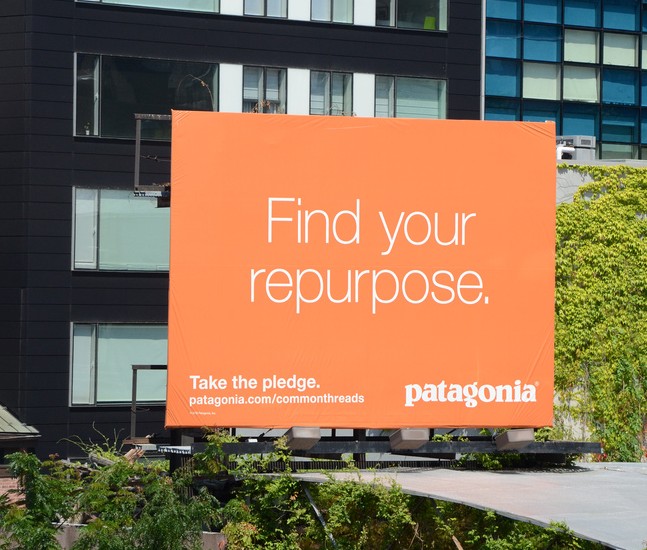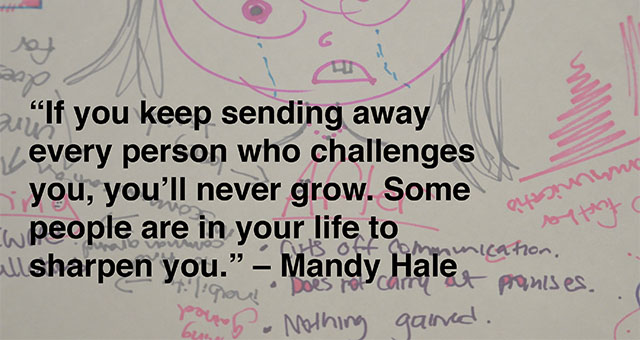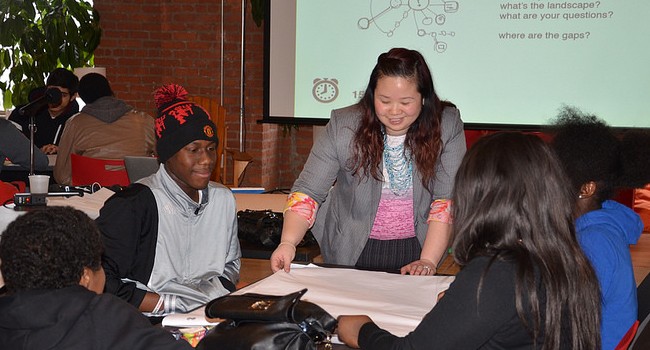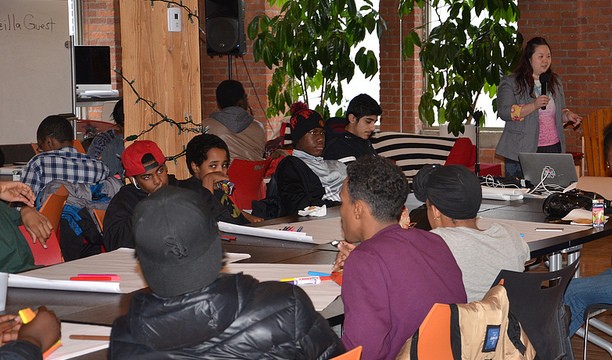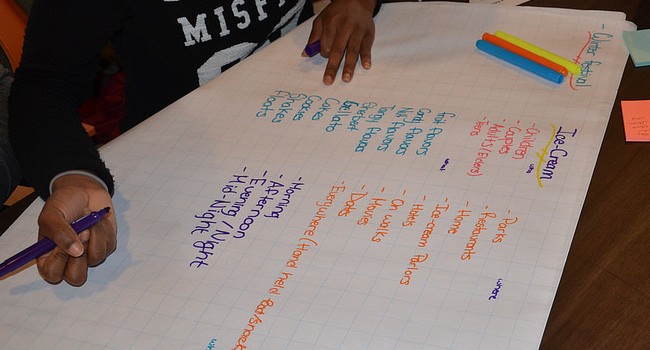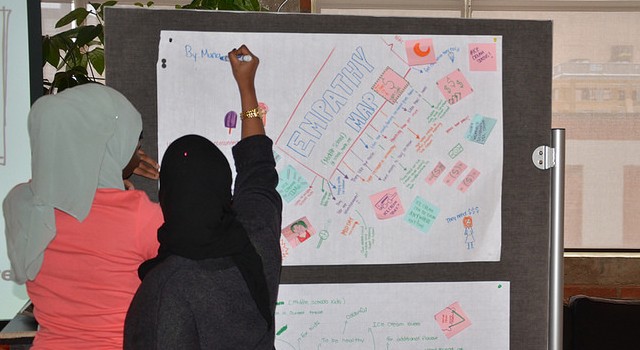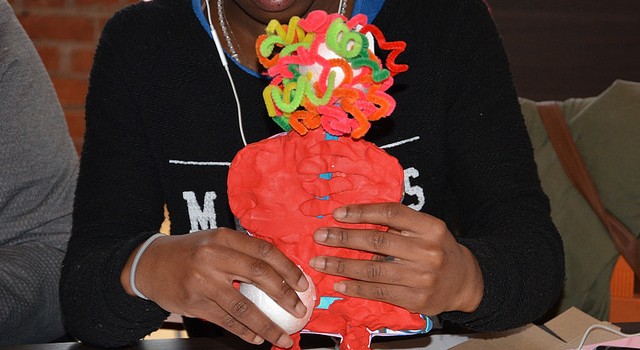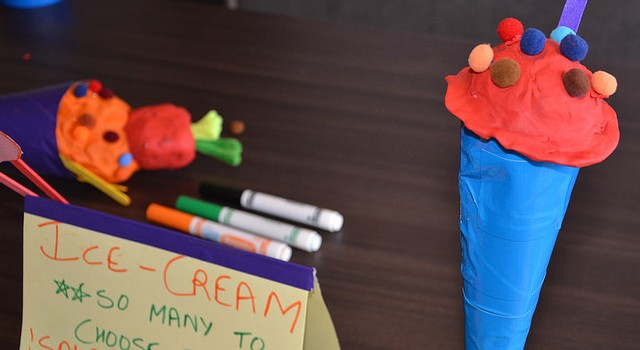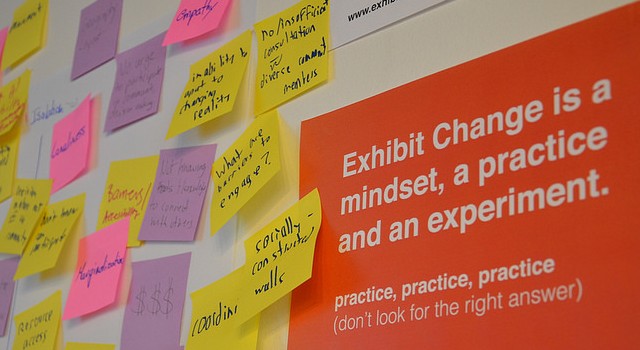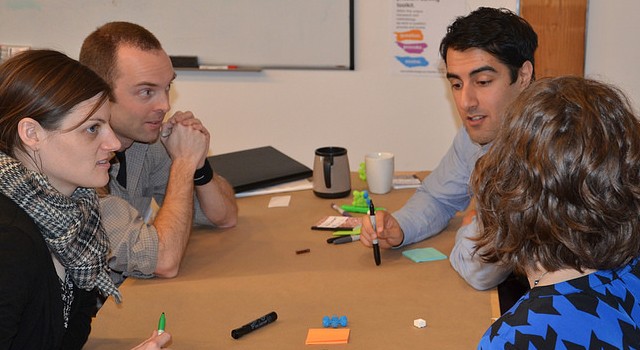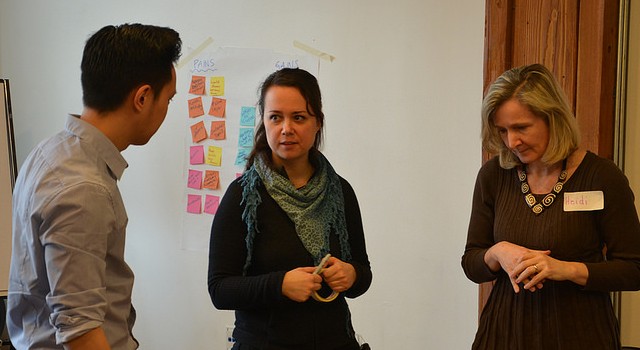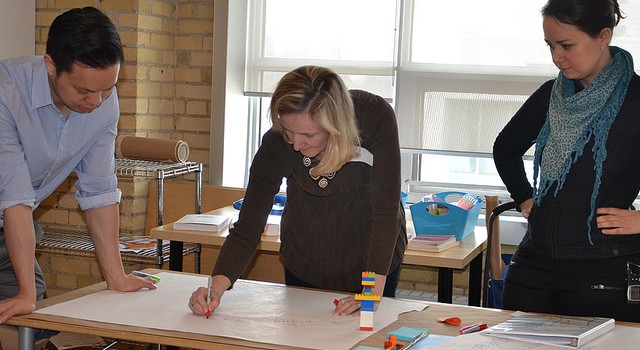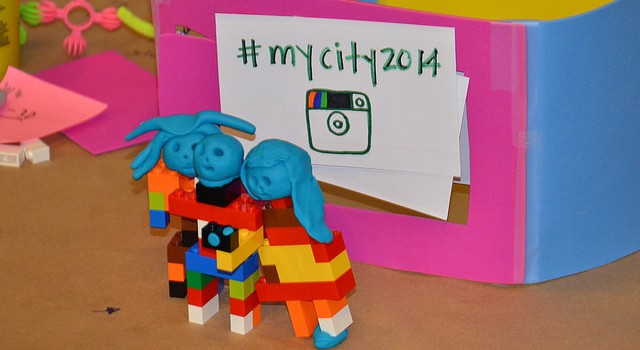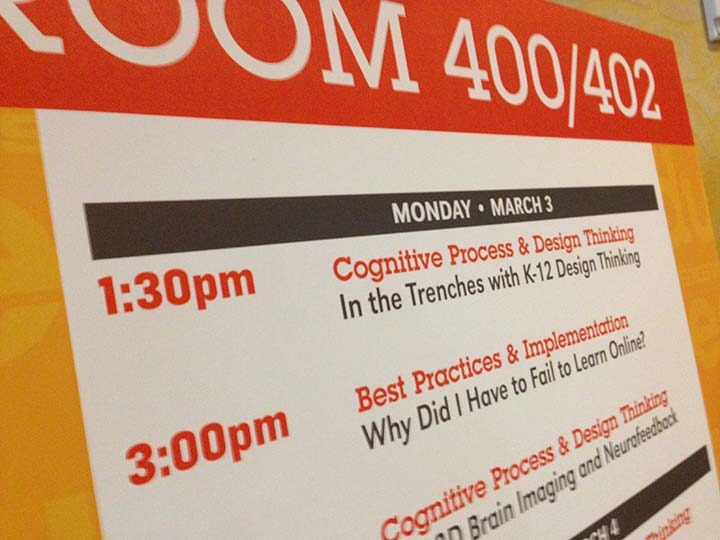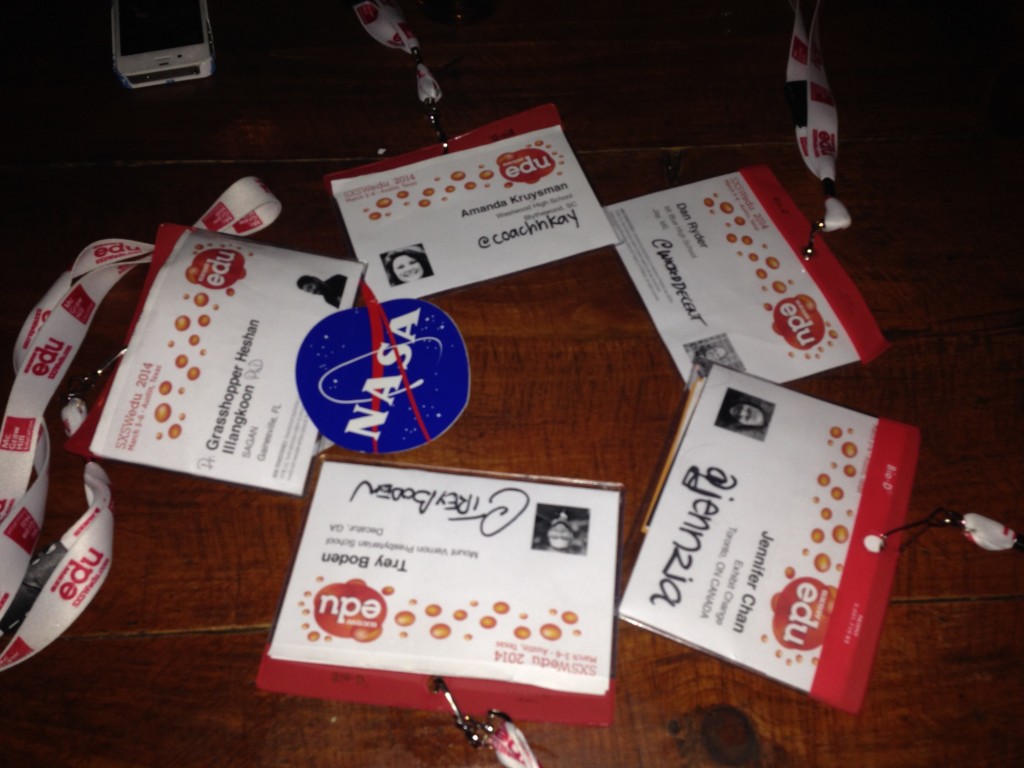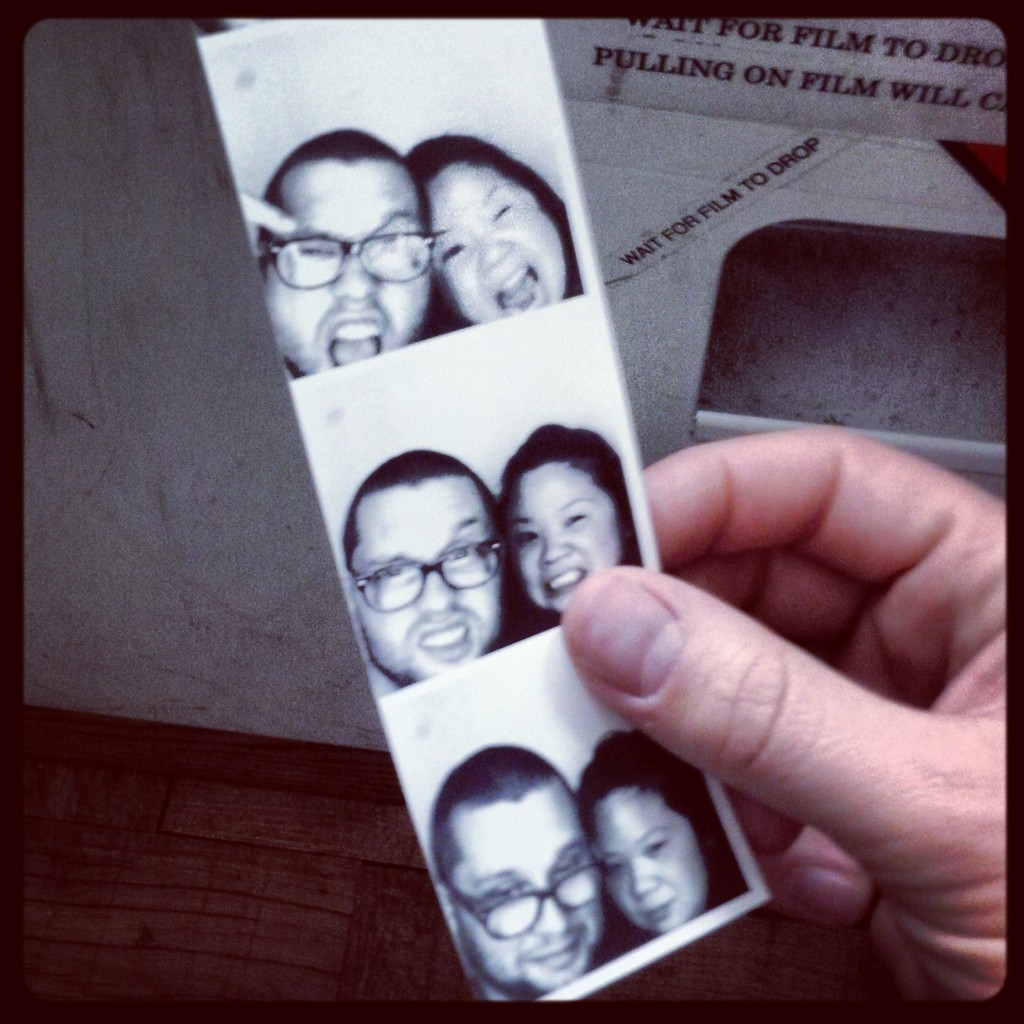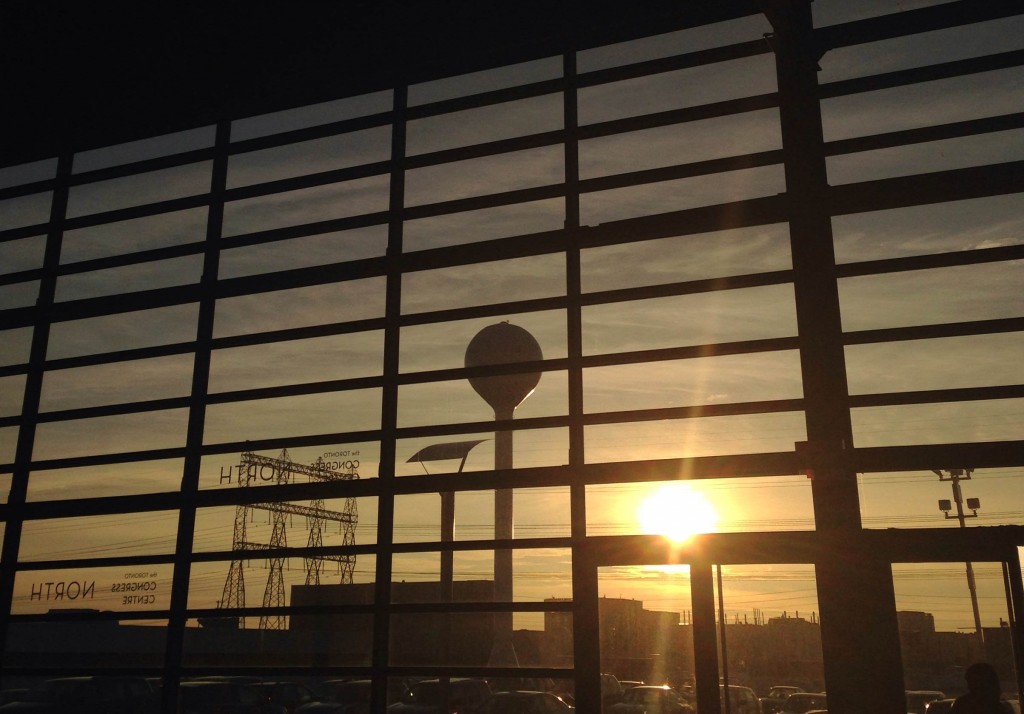We arrived home from a few days in Atlanta last week working with the amazing team at Mount Vernon Presbyterian school, in particular the team behind the Mount Vernon Institute for Innovation. The Mount Vernon Institute for Innovation (MVIFI) is headed up by the spectacular Bo Adams and is built on a culture of 3 pillars, design thinking, global competitiveness and citizen leadership. Obviously, we are especially drawn to a school that has design thinking as one of its core values and we love learning with MVIFI as they are growing in this area.
Here are the top 3 reasons we love MVIFI:
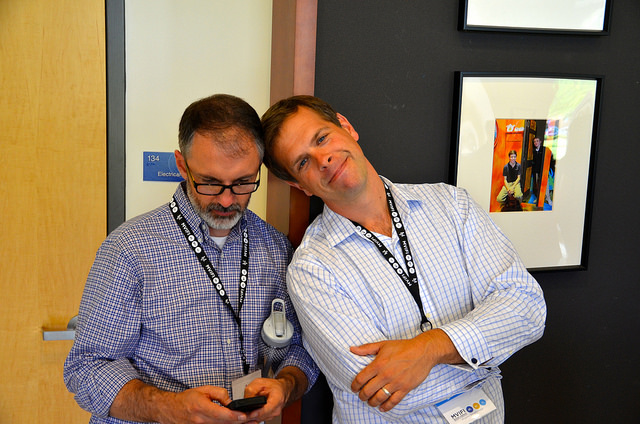
1. The People
I have had the pleasure of working with and getting to know several of the MVP folks and can without a doubt say they are some of my favourite people to collaborate with. They have truly taken on design thinking as a way of life at Mount Vernon. It is hard not to be drawn into the southern hospitality and accents of the MVP crew, they have welcomed us into their homes, hearts and minds throughout the 2 years that we have been working together. Ultimately my favourite part about working with MVP is the fact that they are always creating ideas to take into action and learn from. It is part of their “Ship It” philosophy to put ideas out into the world early rather than letting them percolate behind closed doors. This nature and culture creates a team of people who know how to value the generation of ideas and have a getting it done attitude that can’t be beat. I have especially enjoyed jamming with Mary Cantwell, Trey Boden, Chris Andres, TJ Edwards, James Campbell, Emily Breite, Chip Houston and of course Bo Adams. It is the dedication that these folks have to ongoing learning about design thinking and a never-ending perseverance to keep striving the change education.
2. The MVP Norms
Start with Questions, Share the Well, Assume the Best, Fail Up & Have Fun
These norms are posted up around the school, celebrated and embedded. Certainly aligned with design thinking mindsets and with the uncertainty of learning in the 21st century. Rooted in assuming the best and starting with questions, these norms honour the fact that when we just to preconceived assumptions without discovering facts and uncovering the unknown we are setting ourselves and others up for upset. Share the well and have fun celebrate success from big to small and demonstrate a playful nature to facing the challenges ahead. My personal favourite is Fail Up, one that we have taken on as part of our repertoire and most certainly resonate with the most. MVP has a tradition of celebrating Fail Up moments and even have an official ceremony each year for a teacher or student who has demonstrated getting up from a failure and showing their grit and resilience from learning from their mistakes. This is something that we need to see more.
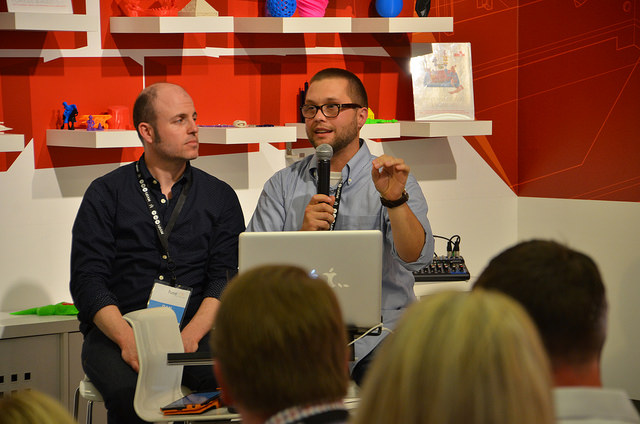
3. The Collaborations
Well obviously, our collaboration with MVP has been most valuable for our learning and theirs, but the collaborations don’t stop there. While we were at Fuse we learned of so many more collaborations that are underway and in development. MVIFI actively seeks non-traditional collaboration opportunities to deliver real-world opportunities for their students and teachers to learn from. This year MVP partnered with The Museum of Design in Atlanta (MODA) for students to design and building an exhibit on design thinking featuring a giant David Kelley inspired moustache and glasses, in development a partnership with Thrive LLC a local design firm in Atlanta for students to see where the design thinking skills they are learning could take them in a corporate setting and of course the many collaborations that brought Fuse to life. We had so much fun working alongside MVP, Greg Bamford from Leadership & Design and the many coaches from the #dtk12chat community. The best part about collaborations is that they are not one-sided. Everyone learns from what they put in.
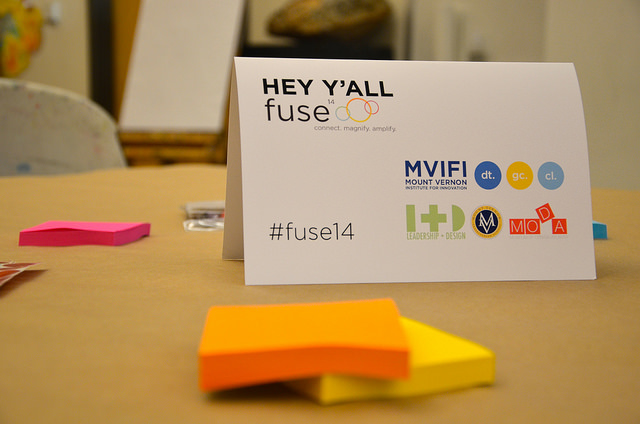
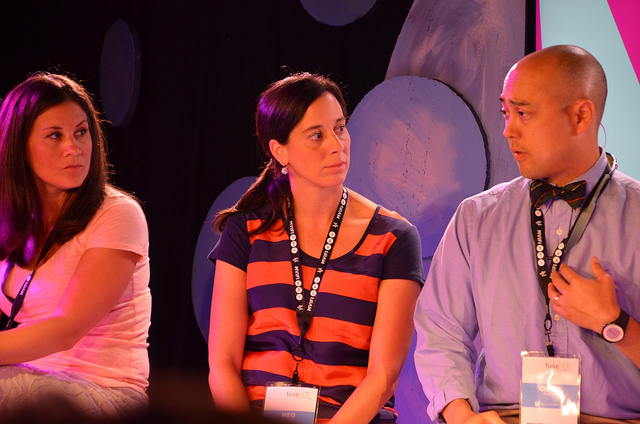
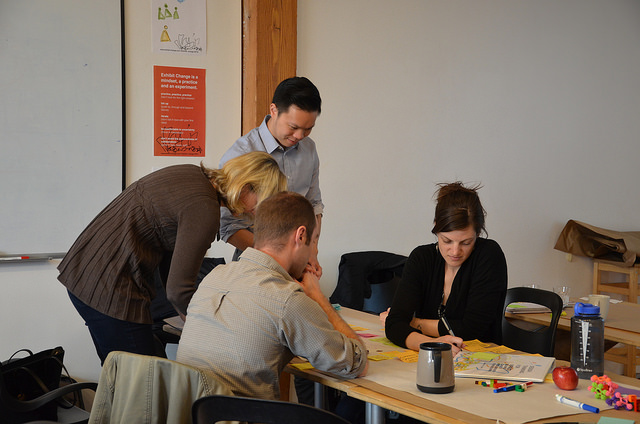
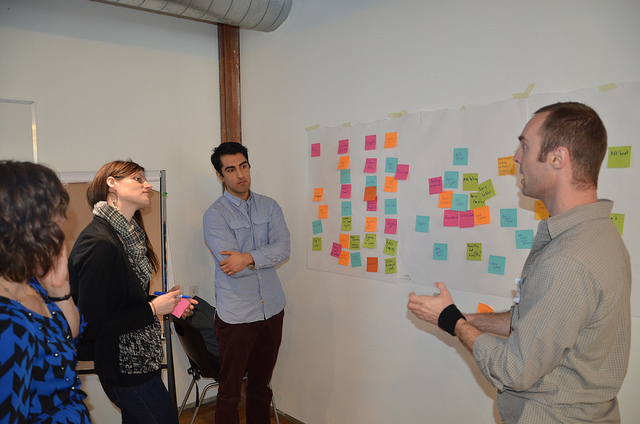
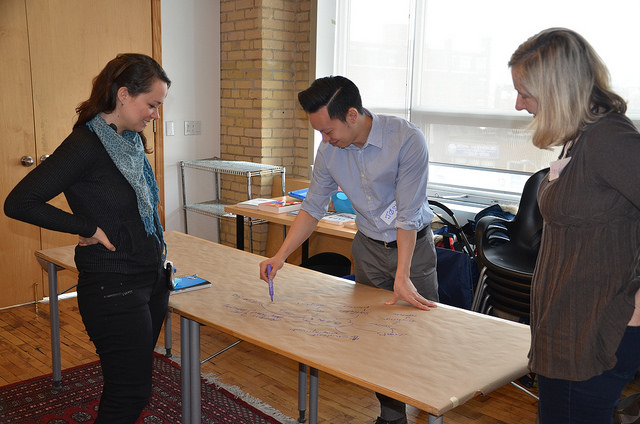
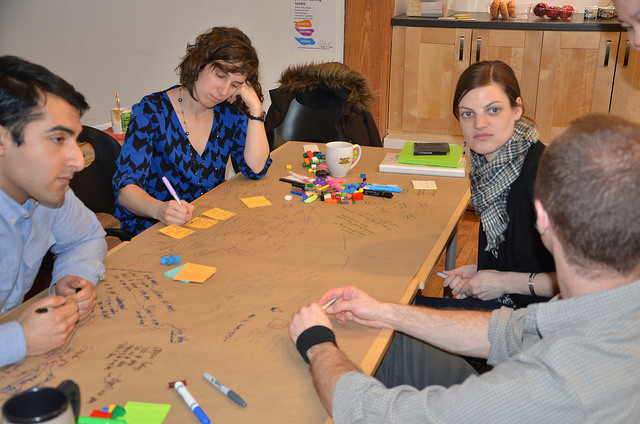
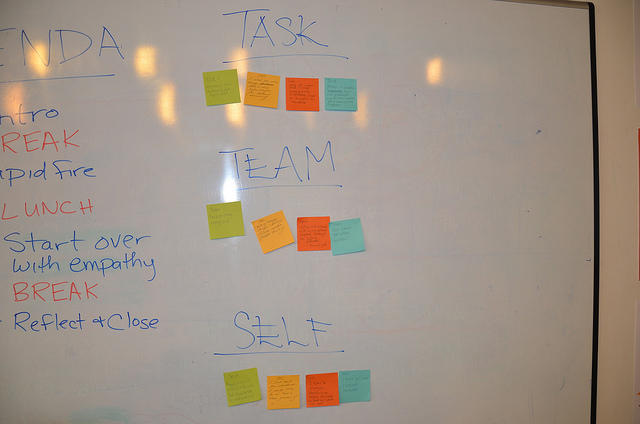
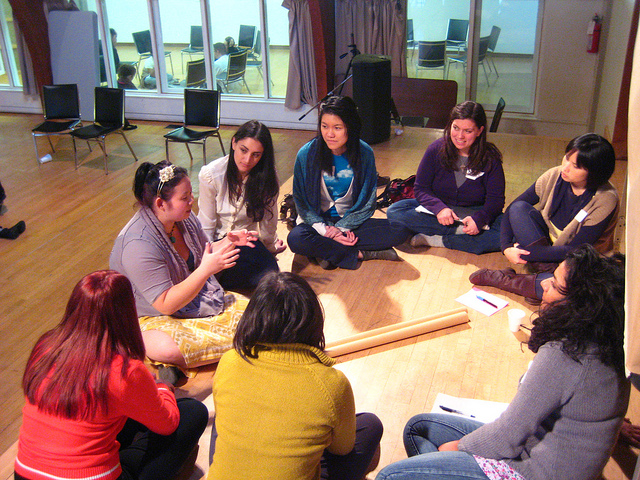
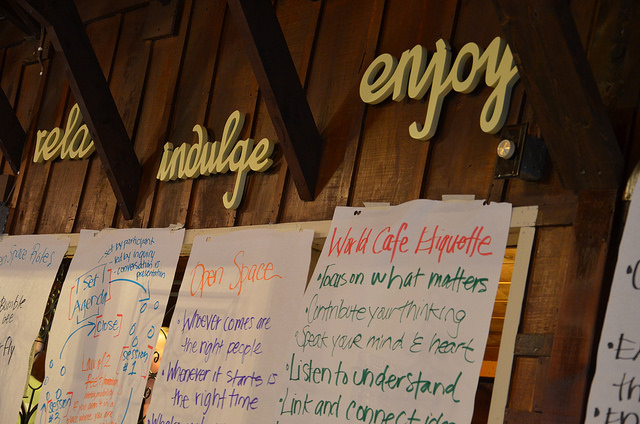
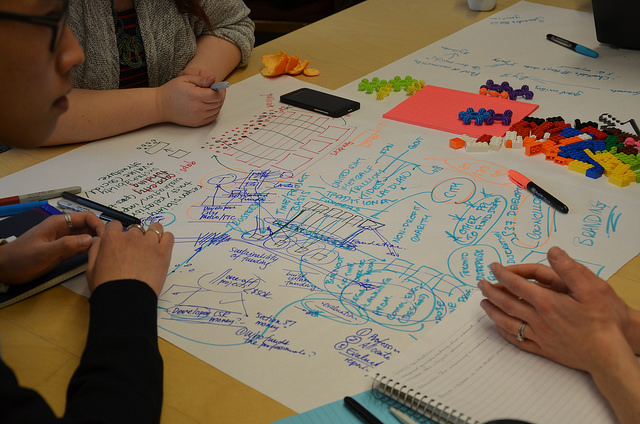
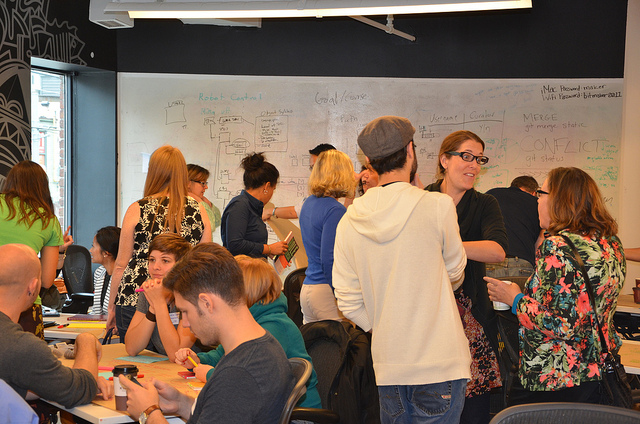
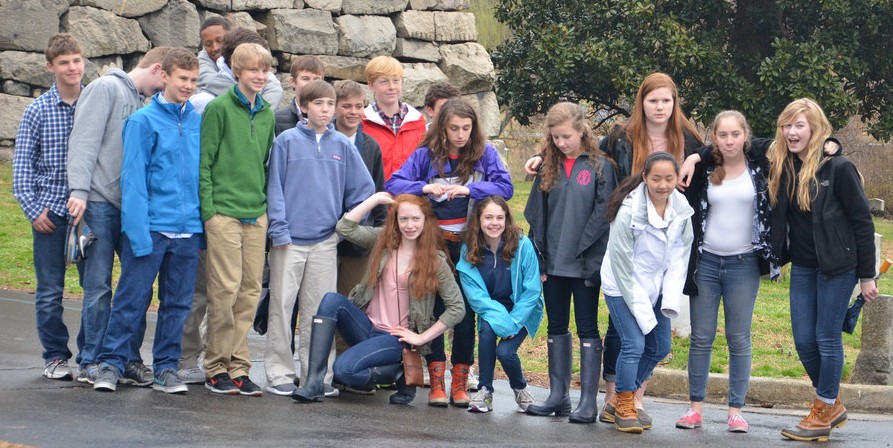
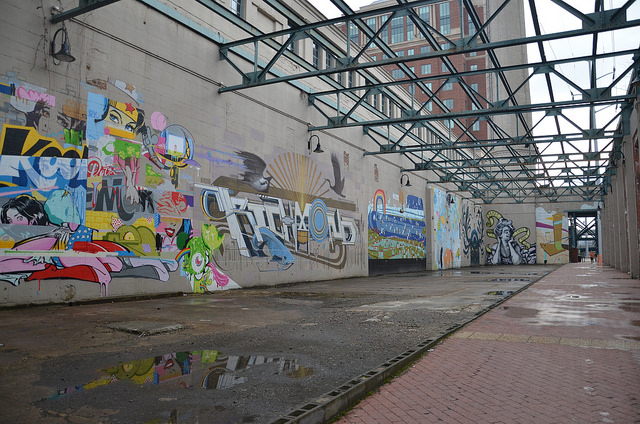
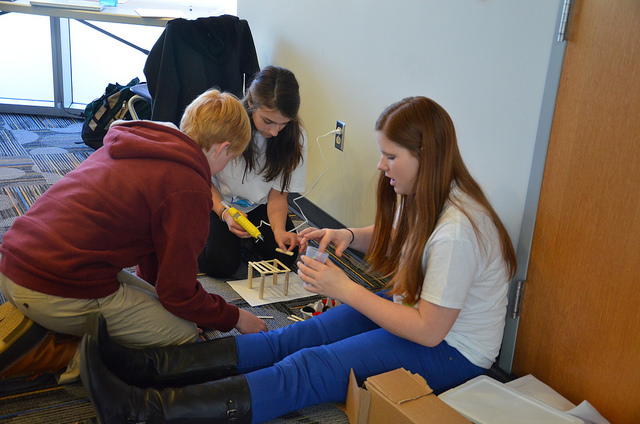
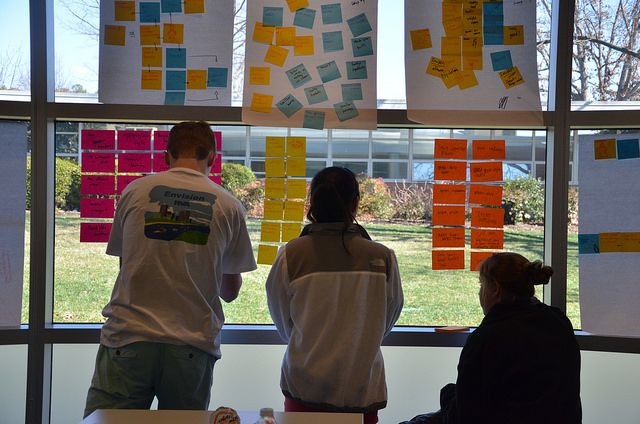
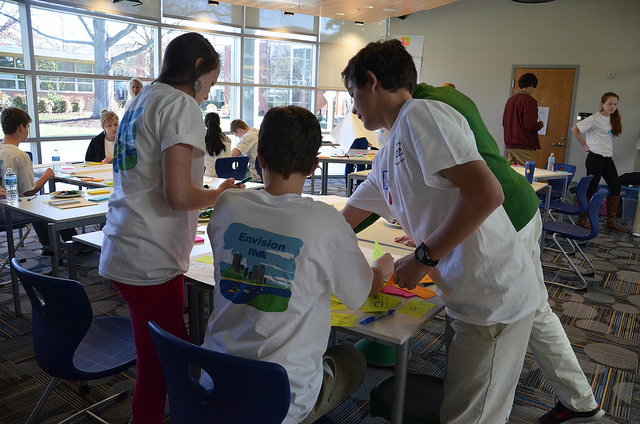
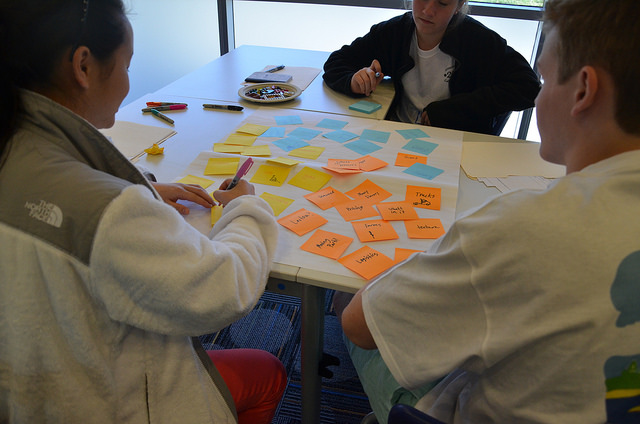
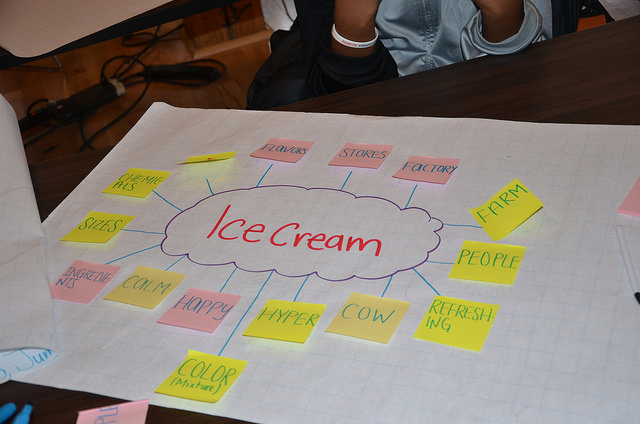
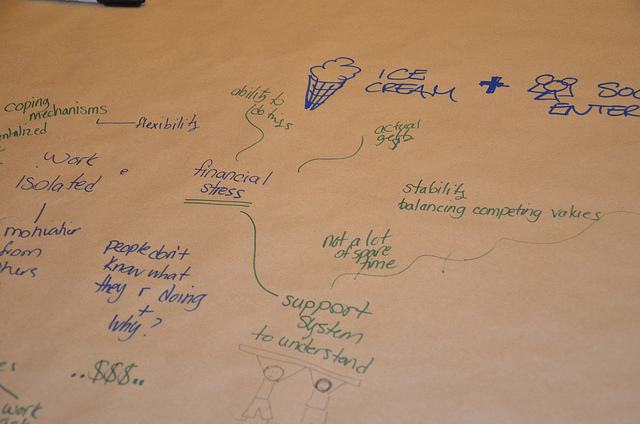
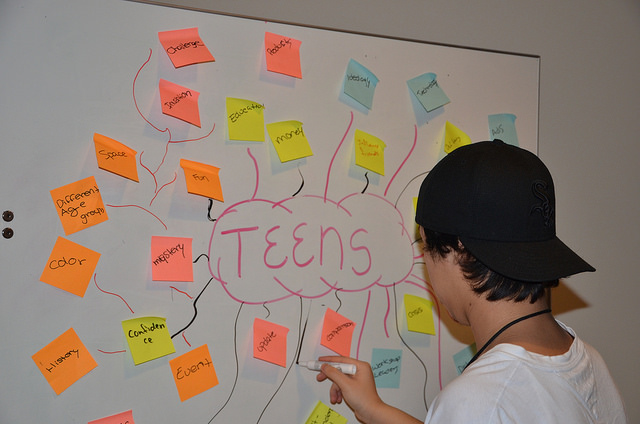
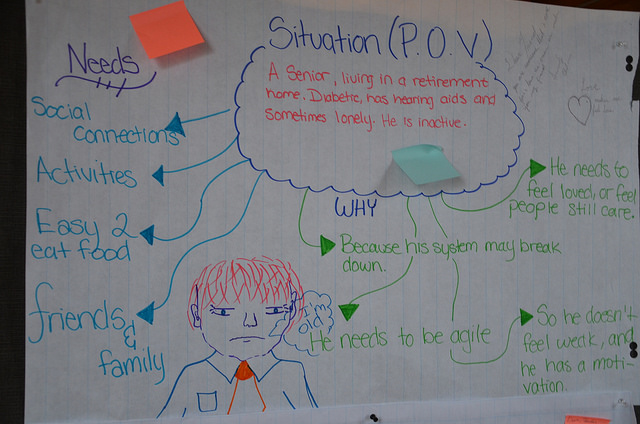
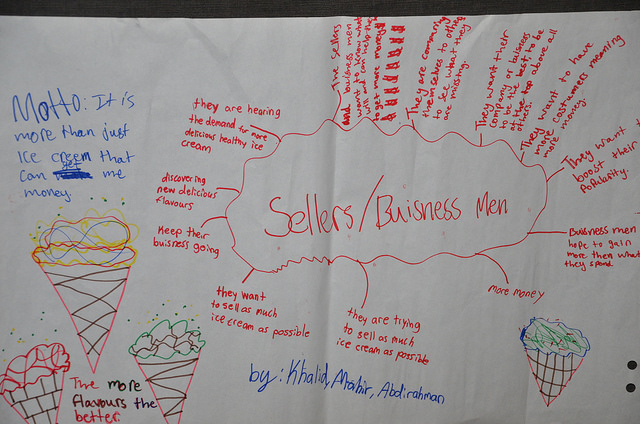
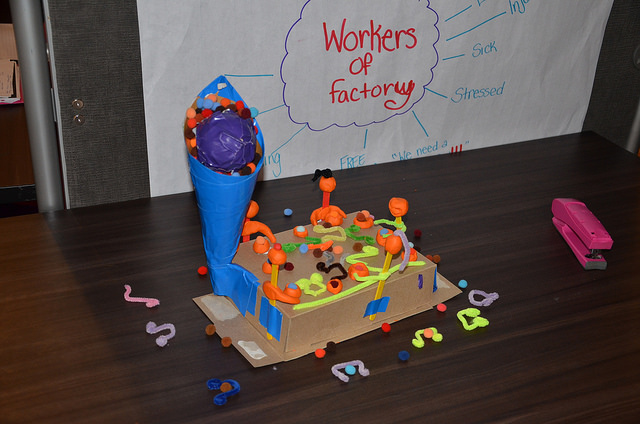
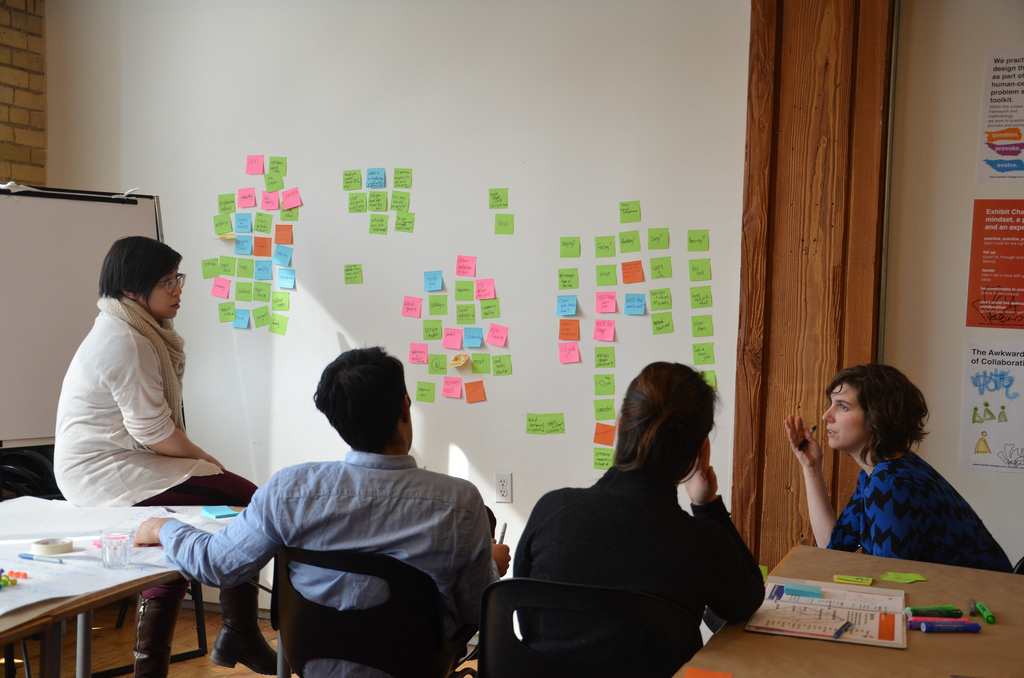
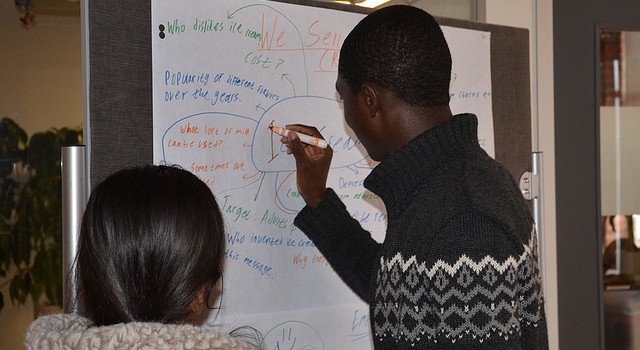 We work in complex problems and sometimes find ourselves as the ones who have to say, “hold on… what are we actually trying to achieve here?”
We work in complex problems and sometimes find ourselves as the ones who have to say, “hold on… what are we actually trying to achieve here?”